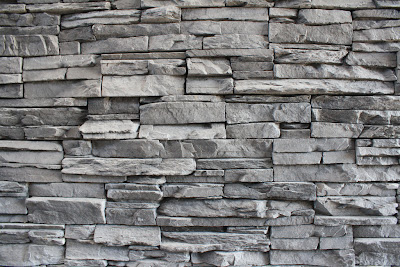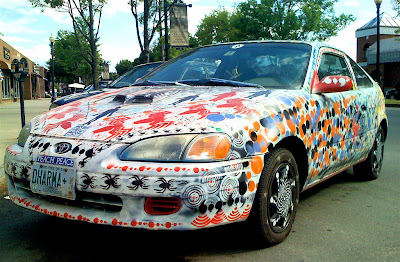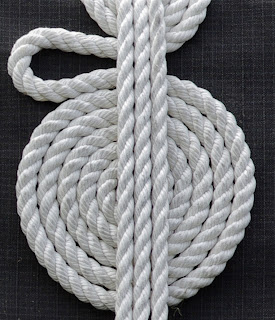In photography the word texture means the appearance, or the feel of the image (whether its surface is smooth, rough, hairy, silky or matt etc.); it tells the viewer how the subject will be to his touch. An image that pictures the actual texture of the subject communicates with the viewer much about the real consistency of the object; far more than words can express. Objects like barren land, rivers, forests or any geographical features give tremendous amount of possibilities for those who hunt for unique textures.
Sand is one amazing subject that offers innumerable opportunity in creating textures. Post production works often demand exclusive textures; it is there sand textures widely come in to demand. You could capture texture of the sand either in a macro level or capture extended vistas with its many patterns created by sand; please remember the tempting images of the movie ‘Lawrence of Arabia’. Beaches and desserts are the best locations to shoot sand.
Wood
Wood is all around us in different shapes, forms and textures. The entire life cycle of wood from a tree to a neatly polished furniture piece presents various opportunities for texture photography. Texture can be found in the bark of a tree, in the entangled roots, wood shavings and splinters are all subject matter for a motivated texture hunter.
 |
| Photo By Darren Harmon |
Trees / Leaves
Trees are very interesting subjects to photograph with a lot of character. For a creative photographer they present plenty of opportunities by way of their shape, way of growth, form and texture.
There are plenty of great textural opportunities in trees. Look for texture mainly in the bark of the tree, its flowers and in leaves. The bark may be smooth, rough, peeling, dry or even spiked. Flowers soft, wrinkled with various shapes; leaves may be veined, spiky or succulent. At micro level there are endless photographic opportunities within various portions of a single tree.
 |
| Photo By Doug Wheller |
Metal
Metal and its various finishes like smooth, cool, reflective, rusty, tarnished and dull provides the photographer with a bunch of textures to work on. Photographing textures on metal is becomes even more interesting when some weathering has taken place on the surface; enabling the photographer to tell the age of the object, the way it was used, effects of exposure to the elements of nature on the metallic object etc. The blockbuster movie ‘Titanic’ has done marvelous example in picturing the textures of the sunken ship with rusting and all that.
 |
| Photo By Daniel Proulx |
The play of elements over millions of years makes rock surfaces some of the best areas to look for texture. The exposure to elements cause erosion from the rock surfaces or even the effects of human activities could create interesting textures. A rocky cliff on a coastline is a texture photographer’s heaven. There are interesting patterns everywhere on the cliff faces, the ocean bed exposed at low tide etc all are treasure troves of textures.
Look for rocks covered on lichen; this can be found in coastal and exposed mountain moorland areas or dense woodland where humidity levels are always high. Crop in on the minute detailed textures and patterns using a macro lens.
Brick walls are perhaps the easiest subject to find when we need a textured background for our shots; they are everywhere in town and country alike. Bricks are as interesting as any objects if you care to look closely. What appears to be a plain brick wall at first sight is never just that. The variation of texture, color, symmetry and the patterns that bricks create when laid together are amazing. You could either get up close and shoot texture on a micro level or back up a bit and photograph them as patterns or symmetrical shapes.
 |
| Photo By Natalie Kirk |
Paint
When freshly applied painted surfaces may be just glossy or matt; the real fun begins when those surfaces weather. Painted surfaces in varying degree of weathering provides some good opportunities for the ever curious texture photographer. A shiny new paint job on a car, an old peeling fence, the multi layered oil painting of a master artist; all are a bunch of opportunities.
Cloth and different types of fabrics can reveal some amazing patterns and textures. Texture on soft velvet, wool, silk etc are a bit tricky to capture in photographs. But cotton, denim etc are relatively easy subjects.Ropes make fine subjects for macro texture photography. You need to get close and observe closely to find it; the best place to see some pretty big ropes in action is at a fishing harbor.
 |
| Photo By Doug Wheller |
Photographic Dreams
Good textures are not limited to Grand Canyon or Sahara Desert; even a wasteland in your backyard may contain numerous possibilities; some inspiration and a bit perspiration can add marvelous textures to your images; making them standout in any crowd; catching eyeballs; realizing your photographic dreams!
Related Reading
- How to Photographs Fireworks - Tips for Photographing Fireworks Displays
- How to Capture Motion Blur in Photography - Tips for Photographing Moving Subjects
- How to Get Shallow Depth of Field in Your Digital Photos
- How to Recover Deleted Photos From Camera's Memory Card
- CandleLight Photography - How to Photograph In Candle Light











Post a Comment